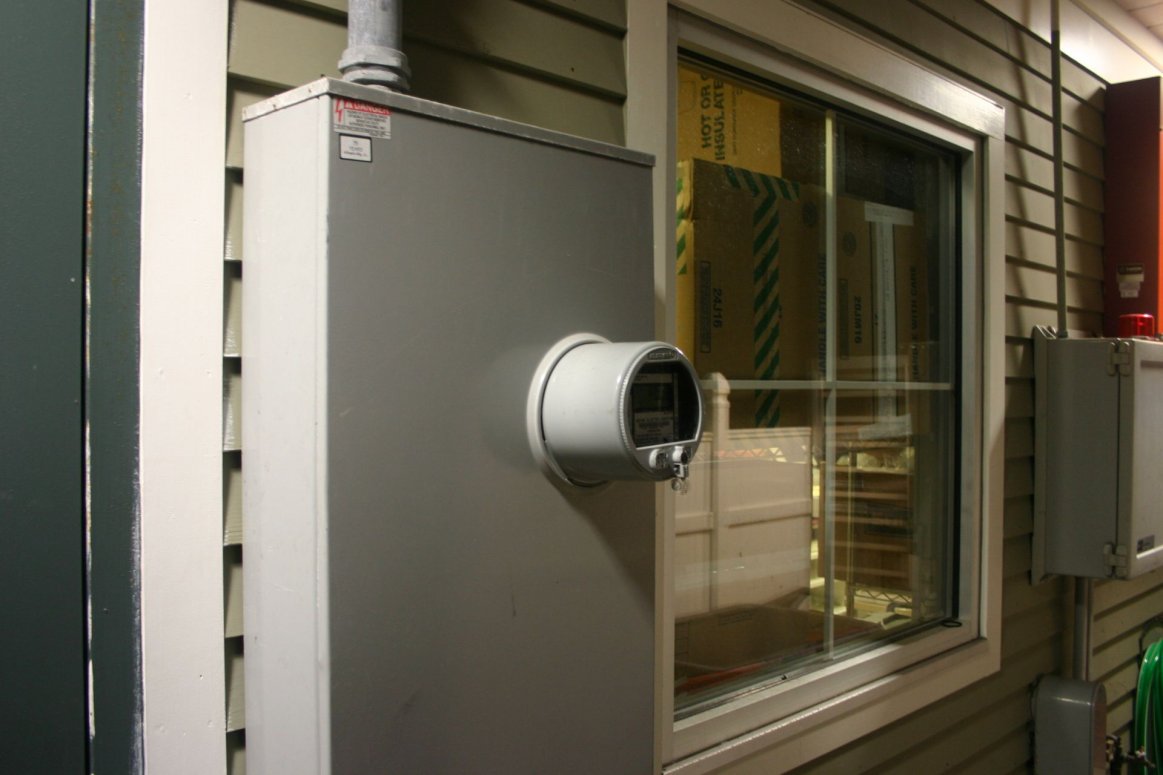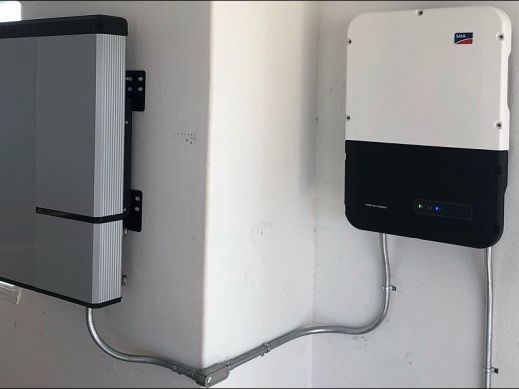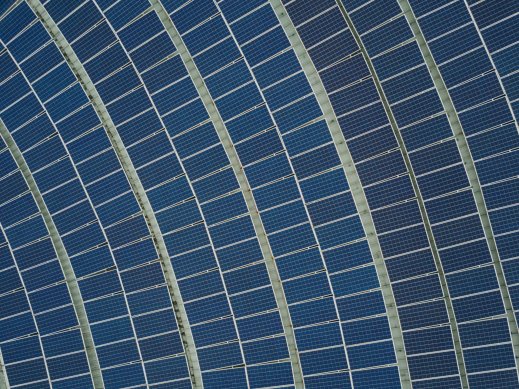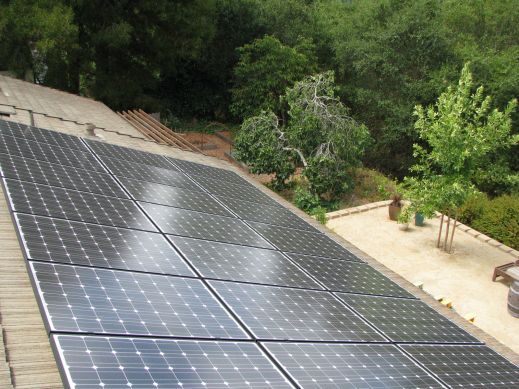
Please note, this material has been prepared for informational purposes only, and is not intended to provide, and should not be relied on for, tax, legal, or accounting advice. You should consult your own tax, legal, and accounting advisors before engaging in any transaction.
In an update to our 2020 overview of different state solar incentive programs. We wanted to take a look at some of the incentives currently being offered to homeowners to give solar contractors the tools to help them go solar. In this article, we will also discuss what is on the horizon for state incentives.
Since 2020 the US residential solar market has continued to grow at a record-breaking pace. In Q2 of 2021, 5.7 GW of solar was installed with residential making up the bulk of the installations. This was the largest Q2 in the history of the US solar market, according to SEIA.
While many factors have contributed to this rise in residential systems, one influence has been state-sponsored programs that provide direct benefits to homeowners. With demand for solar installations continuing to grow, it is key to be aware of the benefits that states are currently offering so you can provide your customers with the most informed and competitive quote when they are choosing an installer.
Arizona
A nice way for homeowners to save a little bit in Arizona is the residential solar tax credit. It allows homeowners to get 25% off their system or up to a maximum of $1,000 credit. The credit may only be used on new systems and homeowners can take advantage of the credit by completing the necessary tax forms on this site.
California
California has long been a leader in the residential solar market and its incentive programs are no different. The Self-Generation Incentive Program (SGIP), is quite robust in its coverage for California residents. SGIP provides property owners with rebates for installing energy storage at both the residential and commercial levels. The rebates range from $250/kilowatt hour for the standard rebate to $1,000/kilowatt hour if you meet specific criteria. The program was started in 2001, and has been revised multiple times, but was recently extended by the California Public Utilities Commission, authorizing more than 1 billion in funding till the year 2024. Learn more about SGIP here and make sure you are part of their Find an Installer tool.
Florida
The Jacksonville Electric Authority (JEA), which covers northeast Florida, has a Battery Incentive Program for both residential and commercial participants. In effect since April 1st, 2018, JEA's rebate provides $4,000 per energy storage system that meets their qualifications, such as having a minimum 6 kWh usable capacity rating and a warranty of at least 10 years or 5,000 cycles. However effective October 1st the incentive has been lowered to $2,000 per qualifying system. A valuable tool for solar installers, this rebate can only be claimed if the battery is powered by a renewable energy generation system. Learn more about this Battery Incentive Program here.
Maryland
The Maryland Energy Administration (MEA) offers an Energy Storage Tax Credit. This credit is for 30% of the total cost of installation or up to a maximum of $5,000 for a residential system, and $75,000 for a commercial system. The program's funding in the 2021 tax year is $750,000 in total, with $300,000 set aside for residential systems and $450,000 for commercial systems. The application period for the Tax Year 2021 credit runs through January 15th, 2022; 45% of the credit is still available for Tax Year 2021 as of September 30th, 2021. Learn more about this Energy Storage Tax Credit here.
Maryland also offers a residential Clean Energy Rebate Program. This program allows residents of Maryland, when their primary residence is in Maryland, to receive $1,000 off their PV system. The only requirement for the system is that it is sized over 1 kW-DC. Applications for fiscal year 2022 (FY22) are available from July 1, 2021 through June 30, 2022 and can be found here.
Massachusetts
In Massachusetts, the state has two programs that can help residential homeowners; the SMART Program and a Residential Renewable Energy Income Tax Credit. The tax credit is a state incentive program that allows homeowners to receive a 15% credit, or up to $1,000, against their state income tax for any newly installed system. If the credit amount goes over their state tax liability it can be carried forward to the succeeding year for the next three years. More information on this MA tax credit can be found here.
The SMART Program allows homeowners that are connected with one of the investor-owned utility companies in the state (Eversource, National Grid, and Unitil) to receive a compensation rate from the utility for producing solar. The payment rate that a homeowner can receive must be determined by the year and the utility of that residential homeowner. Program information and the application portal for each utility can be found here.
Nevada
NV Energy, a utility covering most large cities in Nevada, offers a residential and commercial incentive program for customers installing energy storage and tying it to their solar system. Residential property owners can join a Time-of-Use (TOU) rate plan and will receive incentives via selling energy back to the grid at a higher dollar per kWh rate during peak hours, or they can choose to stick with the standard rate. Learn more about this incentive program here.
New Hampshire
New Hampshire provides residents with the local Renewable Energy Property Tax Exemption. This allows in-state property owners, both commercial and residential, not to be taxed on the increase of their property value when they install a solar storage system. The solar storage system must be part of an existing PV system in order to be eligible for the exemption. However, the exemption is not uniformly adopted across the state, so be certain to see if your project falls under a municipality where the exemption is offered. Learn more about this incentive program here.
Another option for residents of the state is the Residential Renewable Electrical Generation Rebate Program. Under this program, NH residents can receive $.20 per watt with a total rebate of up to $1,000. The rebate request can be submitted once the project is submitted, however, there is also a pre-approval application that must be submitted to the state utilities commission.
New York
In October 2017, Assembly Bill 260 was passed, which amended the property tax exemption in New York state to include energy storage projects for residential property owners. Named the Energy Conservation Improvements Property Tax Exemption, customers who add energy storage to their home can now have 100% of the value added to the residence from their storage system removed from their property taxes. This exemption lasts for 15 years and the application can take place from January 2018, when the bill was enacted, to January 2025. Learn more about this incentive program here.
Like many other states, New York also offers a state tax credit for adding solar to a residential system. The credit for the state is 25% of the system or up to $5,000 of the qualified system’s expenditures. This credit would be completed as part of a homeowner’s taxes for the year and the form can be found here.
Oregon
Enacted in 2019, the Oregon Solar & Storage Rebate Program offers Oregon residents the chance to get a rebate for the installation of solar plus storage in their homes. Rebates may cover up to 40% of the cost for a residential system installed for a customer that is not considered low- or moderate-income, up to 60% of the net cost for a low- or moderate-income customer, and up to 50% for a low-income customer. For residential projects, the maximum rebate is $2,500 for an energy storage system, and for low-income customers, the maximum is $15,000 for a storage system. Learn more about Oregon’s solar storage program here.
This article only covers a small portion of the state and local incentives that are being provided to residential homeowners. You can search the NC Clean Energy Technology Programs Page and use their filters to get a more comprehensive view of the incentives offered at the federal, state, and local levels.
Article updated from an original article written by Brian Wolfson



